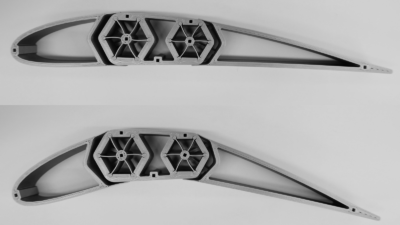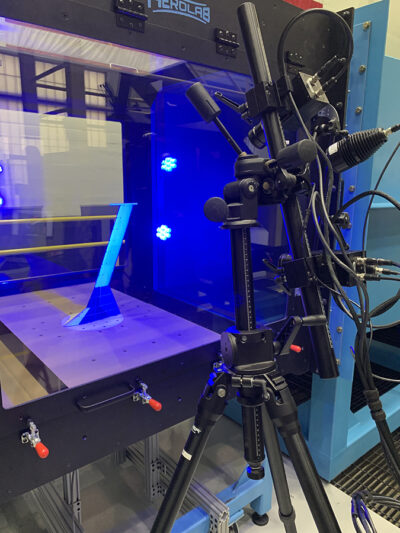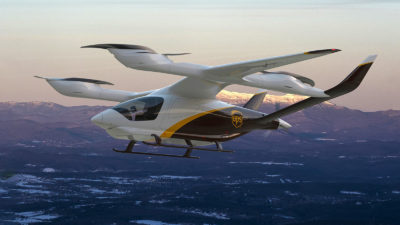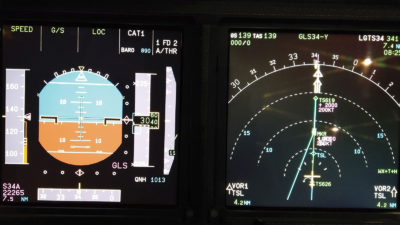Suborbital flight testing paves way for long-term goals
By NICOLE QUENELLE AND JOHN KELLY|December 2020
The Reusable Launch Vehicles Technical Committee brings together experts to focus on leading-edge programs and developments in this area
NASA selected several technologies from the Flight Opportunities program this year for upcoming lunar missions — a significant achievement that highlights the culmination of the program’s iterative flight testing to advance NASA goals. This year also saw significant flight testing of many promising innovations through the program’s Tech Flights awards in which researchers receive NASA funding to purchase a suborbital flight from a commercial provider to test their technology in a relevant environment.
In January, NASA selected a navigation doppler lidar, or NDL, technology from its Langley Research Center in Virginia as part of the agency’s Commercial Lunar Payload Services, or CLPS, contracts. Tested on Flight Opportunities-facilitated flights with California-based Masten Space Systems in 2017, the innovation provides precise velocity and range sensing during descent and landing for tightly controlled navigation and touchdown on the moon. The technology will fly there on two CLPS flights for testing in advance of potential use on a crewed lunar mission.
In June, NASA announced the selection of Pennsylvania’s Astrobotic to deliver the agency’s Volatiles Investigating Polar Exploration Rover, or VIPER, to the moon’s South Pole in late 2023. Astrobotic will deliver the rover on the company’s Griffin lander using lidar-based hazard detection technology matured through Flight Opportunities. The water-seeking mobile VIPER robot will help pave the way for crewed missions to the lunar surface beginning in 2024, advancing toward NASA’s goal of long-term human presence on the moon. Commercial flight providers Masten Space Systems and Blue Origin completed flights in 2020 with funding and facilitation from Flight Opportunities.
In September, NASA licensee Psionic Technologies, based in Virginia, flew its commercial version of NDL technology on Masten’s Xodiac vertical takeoff and vertical landing vehicle in Mojave, California. Xodiac functions much like a lander, providing testing to validate Psionic’s navigation algorithms and data processing and enabling the company to make any modifications before advancing to a future closed-loop flight test. Maturation provided by the flight also supports production of flight-ready NDL units that companies could use on contract under NASA’s Human Landing System program.
In October, Blue Origin’s New Shepard rocket launched to space carrying nine Flight Opportunities-supported innovations, including technologies for sustainable food production in space, cryogenic fluid management and regolith collection. Flying on the New Shepard propulsion module were technologies fundamental to NASA’s Safe and Precise Landing–Integrated Capabilities Evolution technology suite, including precision landing sensor systems, algorithms and a new computer. Exposing the payloads to more than two minutes of microgravity, the New Shepard flight provided data to tell researchers how their technologies respond to the reduced gravity environment. “These suborbital flights enable researchers to quickly and iteratively test technologies with the opportunity to make adjustments between flights,” said Christopher Baker, program executive for Flight Opportunities at NASA Headquarters in Washington. “The ultimate goal is to change the pace of technology development and drastically shorten the time it takes to bring an idea from the lab to orbit or to the moon.”



































